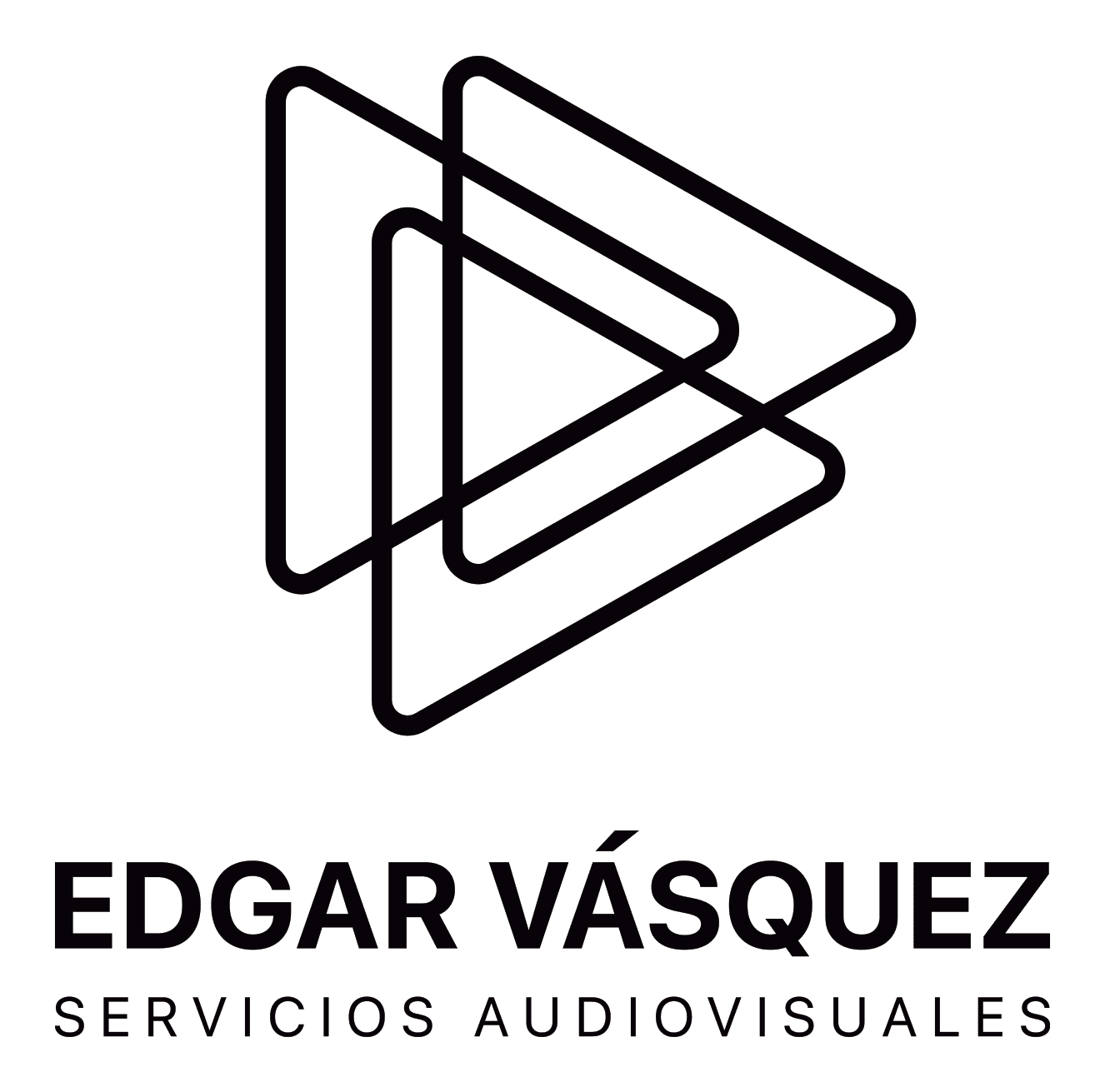Home > Blog > Televisores para eventos > What is an LED TV and which one is the best? Here we tell you all about it!
What is an LED TV and which one is the best? Here we tell you all about it!
- Edgar Vásquez
- May 20, 2024
- 9 Min of Reading
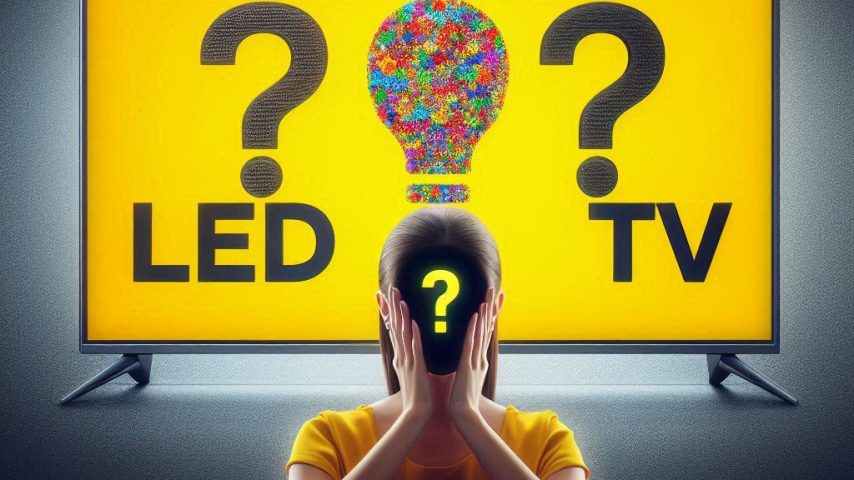
Today, LED televisions have become the preferred choice of many households around the world. But what does it mean that a TV is LED? What is the LED of a TV? These are common questions that arise when considering the purchase of a new TV.
From Edgar Vasquez Audiovisual Services as experts in LED TV rental we will explain everything about this innovative technology, including which is the best brand of LED TVs available in the market today.
In this article, we’ll explore in detail everything you need to know about LED TVs, including how they work, the different types available, and how to choose the best option for your needs. Join us on this tour through the fascinating world of LED TVs!
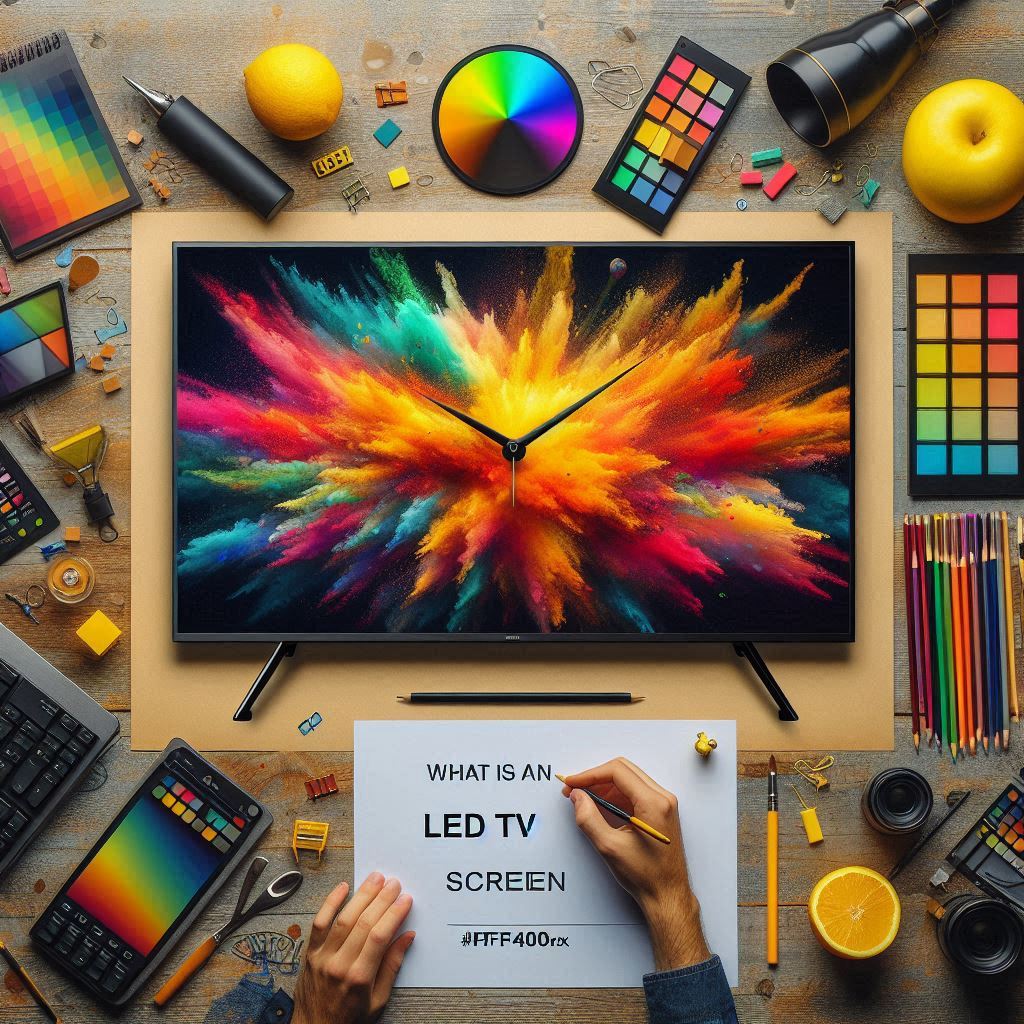
What is an LED TV screen?
An LED television screen is a type of display that uses light-emitting diodes (LEDs) to illuminate the pixels of the TV screen, providing bright, high-quality images. Unlike traditional LCD displays that use fluorescent lamps, LED displays are thinner, energy efficient and offer better contrast and brightness.
LED TVs can have LED backlighting on the edges (Edge LED) or on the entire back of the panel (Full-Array LED). This technology allows for greater precision in illumination, improving image quality with deeper blacks and more vivid colors. They are ideal for a superior visual experience in any environment.
Who, when and where was the LED TV invented?
The LED TV was not invented by a single person, but is the result of technological advances developed by several companies. However, Sony is one of the pioneers in popularizing this technology with the launch of the Sony Qualia 005 model in 2004, marking a milestone in the evolution of televisions.
LED technology, itself, is based on the discoveries of Oleg Losev who in 1927 developed the first light-emitting diode. Decades later, engineers and companies in Japan and South Korea, such as Sony y Samsung applied these principles to create the first commercial LED televisions, transforming the television industry.

What are the types of LED TVs that exist?
The history of television has seen numerous technological innovations, from the first CRT televisions to modern flat screens. Below we will explain the main characteristics between each of the current types of LED TV screens:
LED TV
LED televisions are the most common form of televisions today. They use LED backlighting to improve picture quality and energy efficiency compared to traditional LCD TVs.
QLED TV
QLED (Quantum Dot LED) is a technology developed by Samsung that uses quantum dots to improve color accuracy and brightness. QLED TVs offer a wider color gamut and are especially good for brightly lit environments.
OLED TV
OLED (Organic Light Emitting Diode) is a technology in which each pixel of the display emits its own light. This allows for true black and infinite contrast, resulting in superior image quality. OLED TVs are known for their wide viewing angles and slim profiles.
Which is better, LCD or LED TV?
LED televisions are an evolution of LCD technology. While LCD TVs use CCFL backlighting, LED TVs use LED backlighting, resulting in better brightness, higher energy efficiency and better picture quality. In most cases, an LED TV is preferable to a traditional LCD.
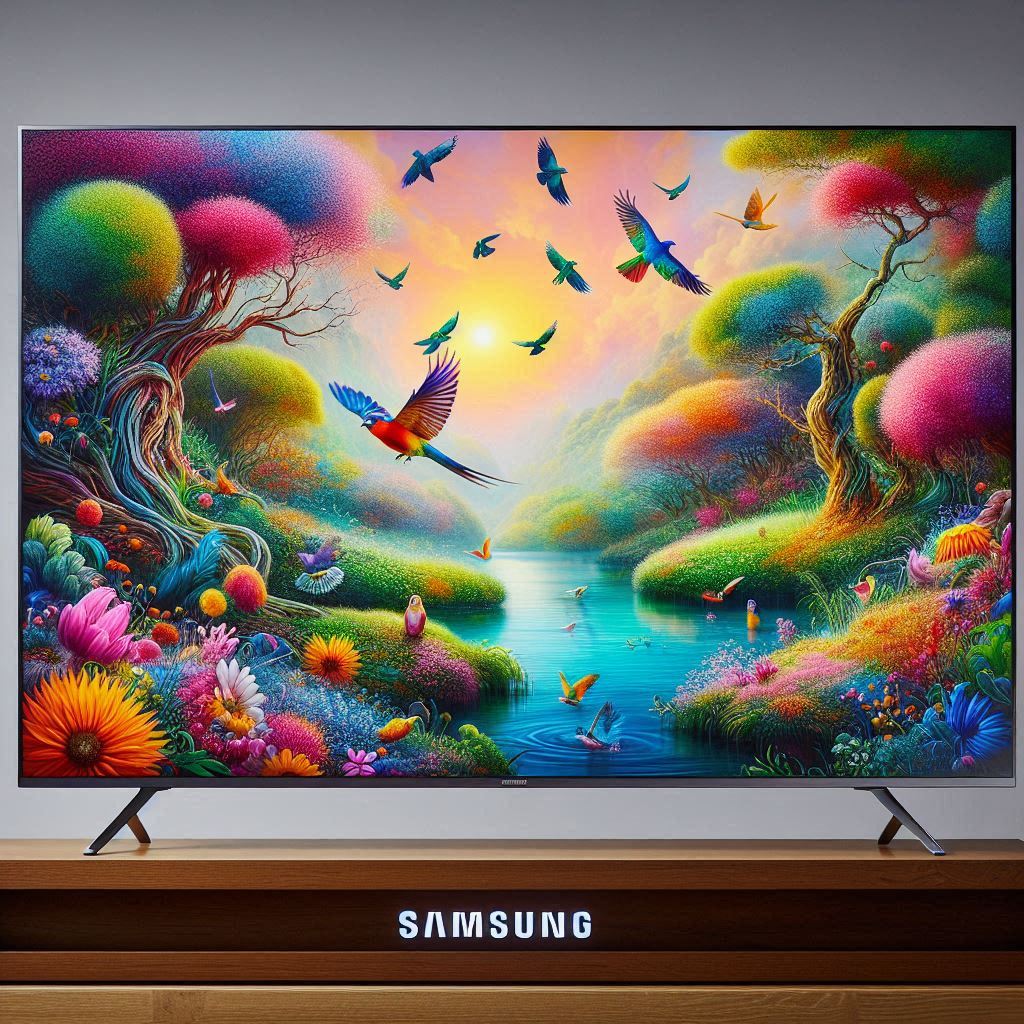
What is the best LED TV brand?
Determining the best TV brand depends on several factors, such as picture quality, features, price and your personal preferences. Brands such as Samsung, LG and Sony are highly valued for their innovation, durability and overall performance in the TV market.
Sizes of LED TVs most sought after:
When choosing an LED TV, screen size is one of the most important factors to consider. Depending on the available space and the desired viewing experience, certain screen sizes are more popular.
Below are the most sought-after LED TV sizes, along with their approximate dimensions in centimeters and the recommended viewing distance for a 4K resolution TV.
Ideal for small rooms or as a second television. The approximate dimensions are 89 cm wide and 50 cm high. The recommended viewing distance for a 4K TV of this size is between 1 and 1.5 meters.
Popular for medium-sized living rooms, providing an immersive visual experience. The approximate dimensions are 112 cm wide and 63 cm high. The recommended viewing distance for a 4K TV of this size is between 1.25 and 1.9 meters (4.25 and 1.9 meters).
Suitable for most living rooms, offering a large screen for enjoying movies and sporting events. The approximate dimensions are 123 cm wide and 71 cm high. The recommended viewing distance for a 4K TV of this size is between 1.4 and 2.1 meters.
Perfect for home theater, providing an impressive visual experience. The approximate dimensions are 144 cm wide and 81 cm high. The recommended viewing distance for a 4K TV of this size is between 1.6 and 2.5 meters.
For those looking for the best in home entertainment, a 75-inch TV offers a cinematic viewing experience. The approximate dimensions are 167 cm wide and 95 cm high. The recommended viewing distance for a 4K TV of this size is between 1.9 and 2.9 meters.
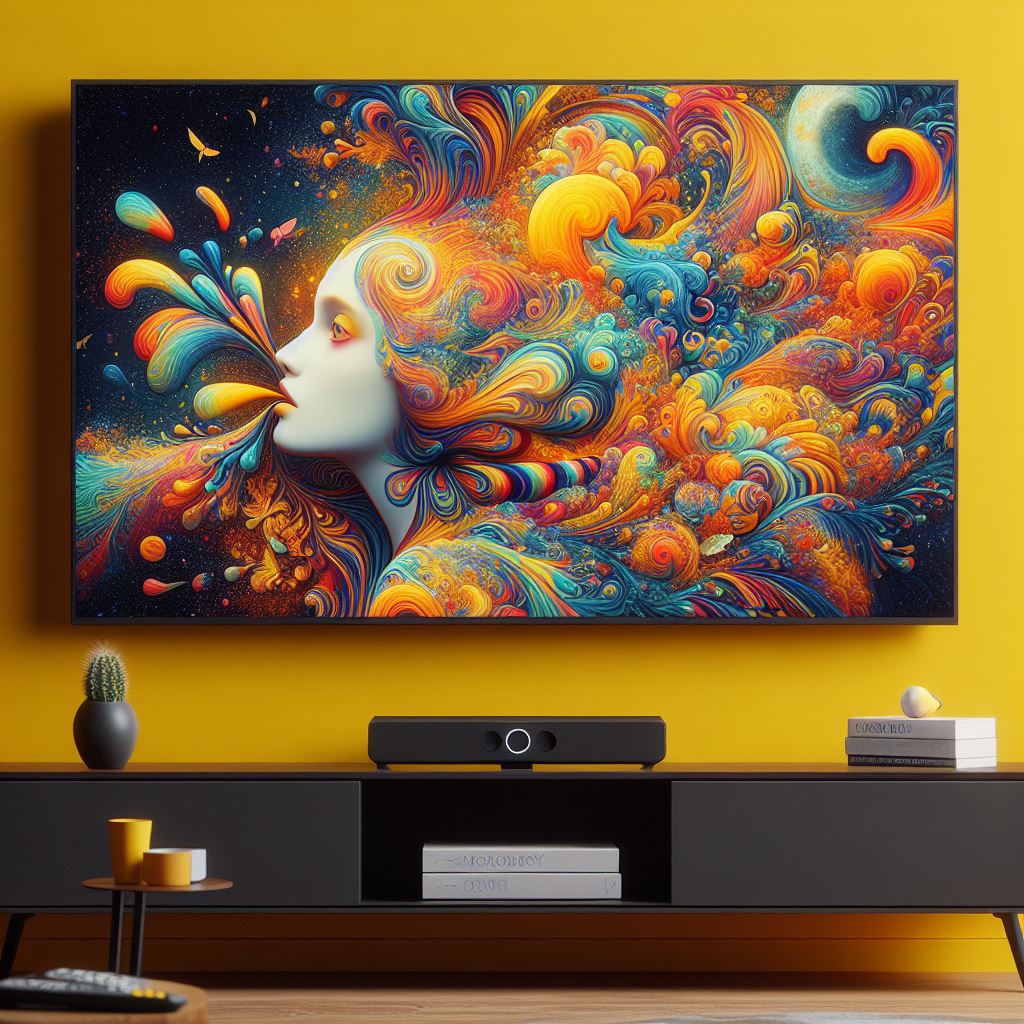
What to consider when buying an LED TV?
When buying an LED TV, it is crucial to consider the resolution, as a 4K TV offers superior picture quality compared to a Full HD TV. You should also look at the refresh rate, where a higher rate provides smoother images and reduces blur in action scenes.
Also, check the connectivity features, making sure the TV has enough HDMI and USB ports for your devices. Also consider whether it is a Smart TV with the apps and services you need. Finally, evaluate the size of the screen in relation to the room where you will place it for an optimal viewing experience.
How long does an LED TV last?
The useful life of an LED TV screen varies depending on the model, but is generally estimated to be between 50,000 and 100,000 hours of use. This equates to 6 to 11 years of continuous use, depending on frequency and conditions of use. Factors such as brightness, contrast and ambient heat can influence the longevity of the TV.
To maximize the lifetime of your LED TV, it is advisable to keep it in a well-ventilated environment and avoid excessive brightness. It is also useful to turn off the TV when it is not in use. With proper maintenance, you can enjoy your LED TV for many years with excellent picture quality.
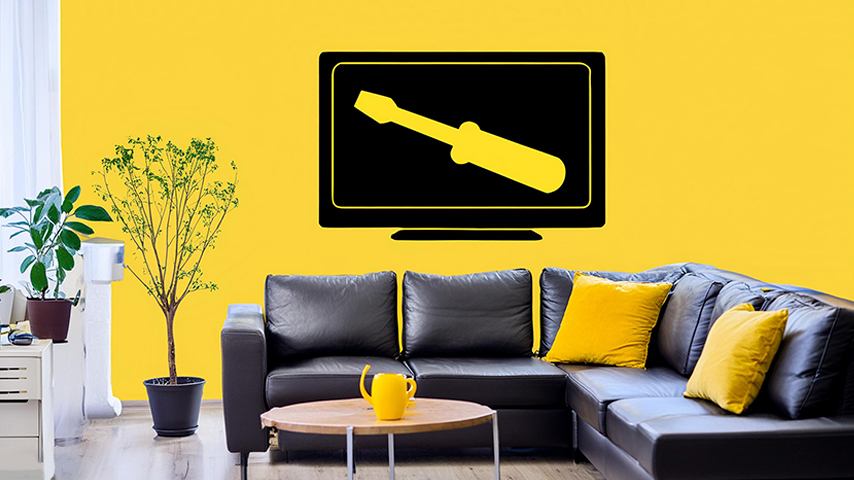
Is it worth repairing the LED TV screen?
Whether it is worth repairing an LED TV screen depends on the cost of the repair and the age of the TV. If the repair costs more than 50% of the price of a new TV, it is generally wiser to buy a new one. Also consider the warranty, as some repairs may be covered.
It also evaluates the quality and energy efficiency of the new models available. Newer LED TVs tend to have better features and higher efficiency. In many cases, investing in a new TV can offer you more value in the long run than repairing an old one.
What does it mean for an LED TV to be Ambilight?
An Ambilight TV is a TV that uses a technology developed by Philips that projects LED lights from the back of the TV onto the surrounding walls. These lights are synchronized with the colors and brightness of the on-screen image, creating a more immersive and immersive visual experience.
Which TVs come with Ambilight? Mainly, Philips brand TVs offer this technology. What are the LED lights that change color with the TV called? These lights are known as smart RGB LED lights or synchronized LED lights, designed to enhance the viewing experience.
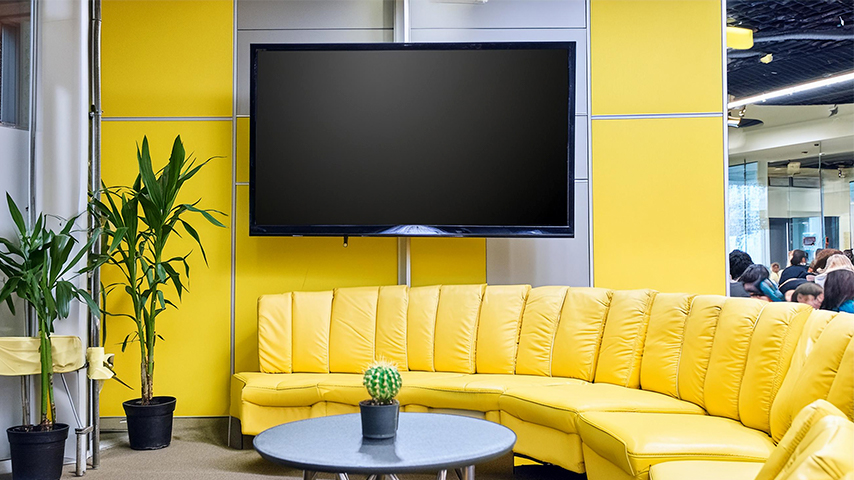
Did you know that LED TV rental service is available?
This service is ideal for temporary corporate events, trade shows, conferences or for office use. Renting an LED TV allows you to enjoy state-of-the-art technology without the need for a significant initial investment.
Advantages of renting LED TVs
Renting LED TVs offers several advantages, especially for events and temporary projects. It is a flexible and economical option that avoids the need for a large initial investment and provides access to the latest technology with technical support included.
- Flexibility: Ideal for temporary events.
- Low initial cost: You do not need a large investment.
- Up-to-date technology: Access to the latest innovations.
- Technical support: Maintenance and assistance included.
- Variety of options: Different sizes and models available.
Where can you rent LED TV screens?
If you liked our content about LED TVs, we invite you to continue exploring our other publications for more useful information and tips.
In the same way, from Edgar Vásquez Audiovisual Services in Barcelona we invite you to know our LED TV screen rental service for events, where you will find high quality equipment and excellent customer service. Leave us a message and we’ll get in touch to create together a memorable audiovisual experience for your next event.
RELATED ITEMS
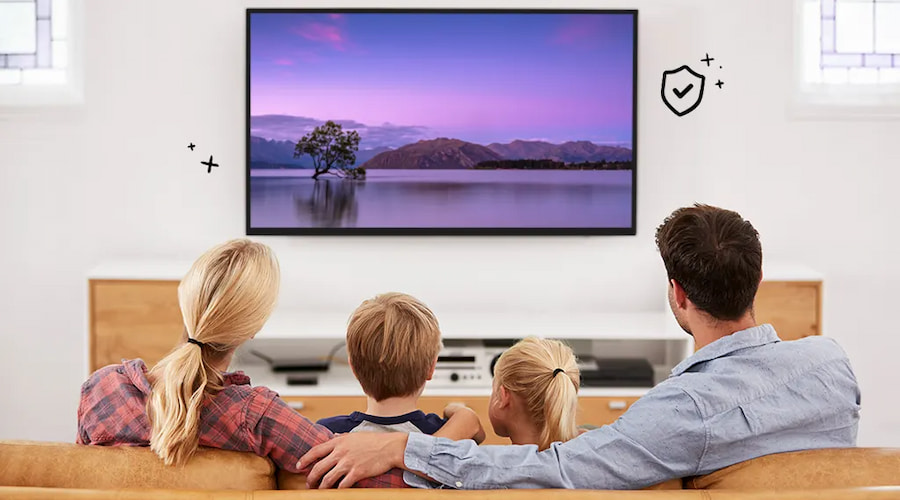
How big is a 75-inch TV? Key aspects
All about 75-inch TVs: dimensions, weight, power consumption, viewing distance, costs and best brands. Find out more here!
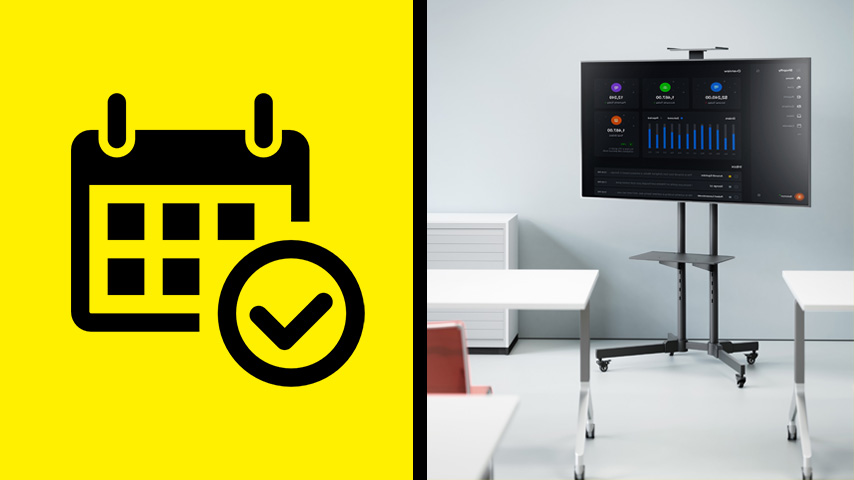
TV rental for days: Everything you need to know about this service
Discover the advantages of renting a TV for days in Barcelona. Flexibility, recent technology and no installation worries.
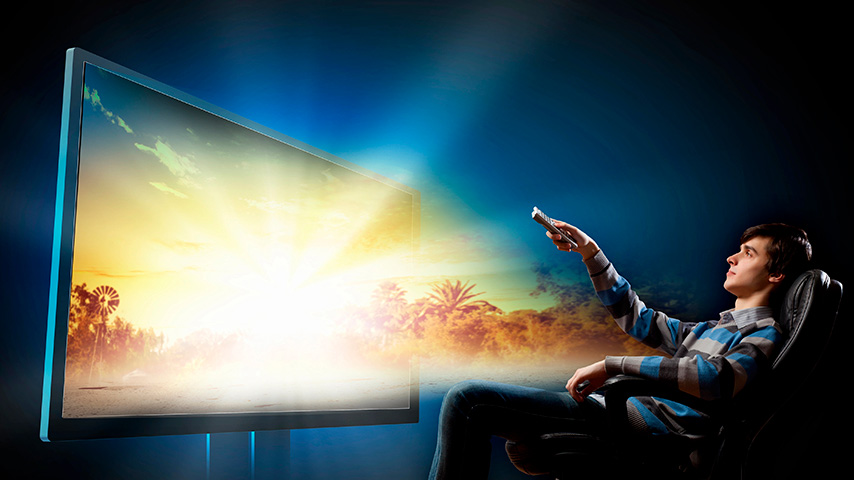
The TV screen: Everything you need to know
Discover the best concert venues in Barcelona, from intimate underground venues to large auditoriums.
Make this publication reach more people
Newsletter
¡Suscríbete ahora y mantente al día con nuestras últimas noticias y ofertas exclusivas en nuestro boletín informativo!
FEATURED ARTICLES

What job does a sound technician do and how much does he/she earn in salary?
Discover how to become a sound technician and the job opportunities in the event, radio, TV and film sound industry.
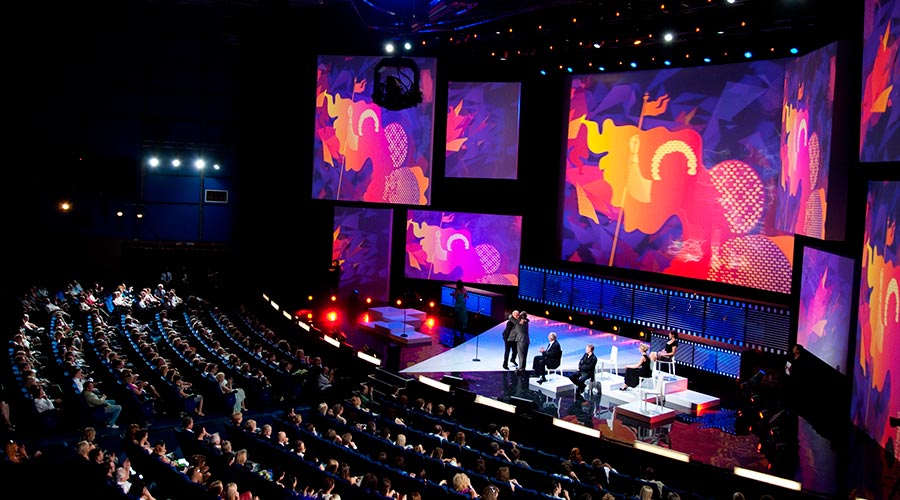
What is a Giant LED Screen and how does it work?
Discover what an LED display is and how they work for events and advertising. Explore its unique and brilliant visual impact!

Organizing corporate events: Everything you need to know
Discover what corporate events are, their strategic value, types and examples. Learn how to organize them in exceptional spaces in Spain.
